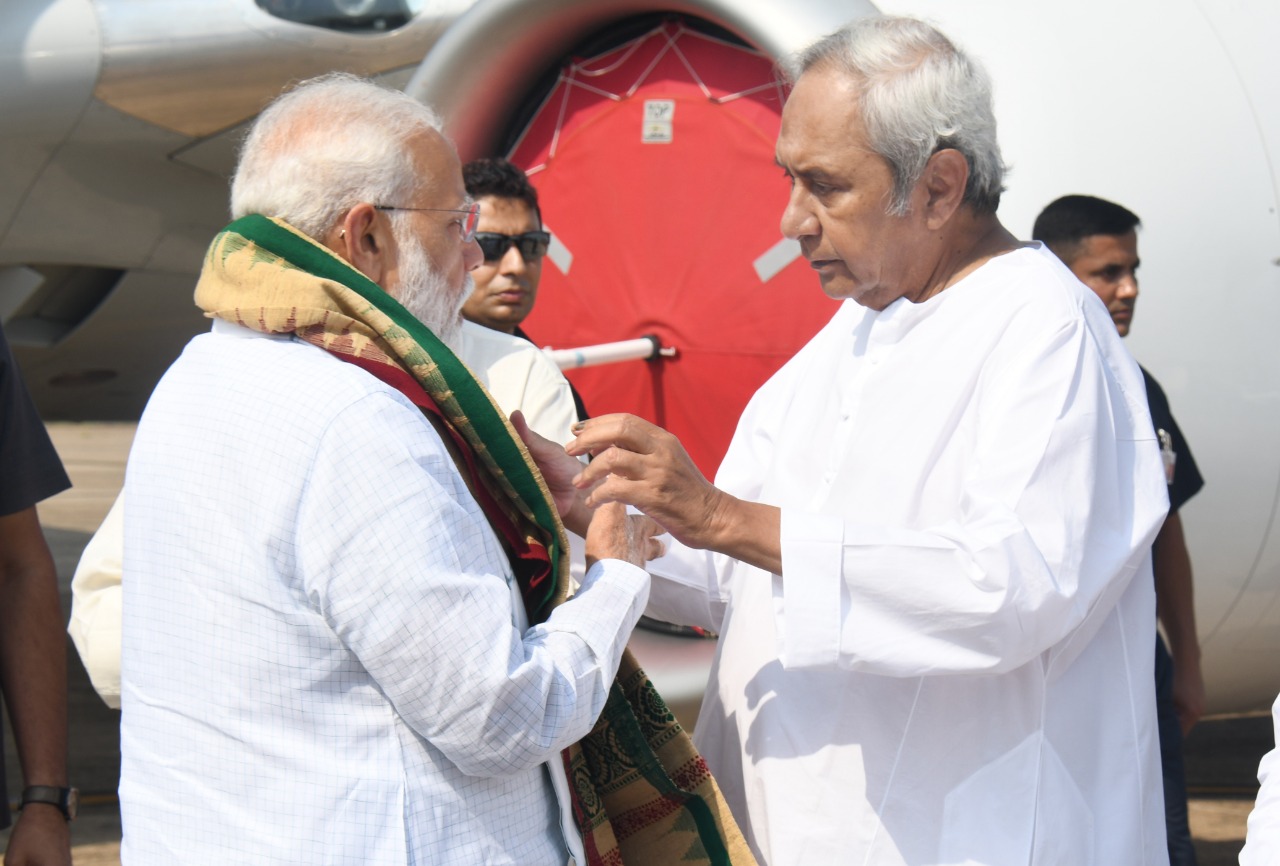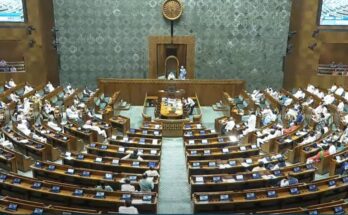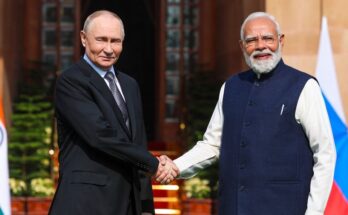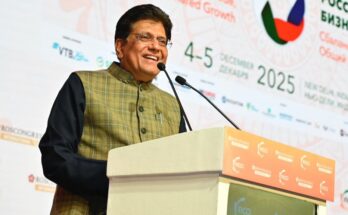By D.N. Singh
While the polling for the sixth phase of polling over in various parts of the country including the most volatile states like West Bengal and Uttar Pradesh, back in Odisha, despite the devastating intermission caused by the killer cyclonic storm Fani, the political parties are already back in the drawing boards busy with the permutations and combinations on the run up to the May 23 grand finale.
Barring few instances of unrest in some parts Odisha poll had gone well with a satisfactory polling percentage that has lent grounds for all the warring factions, mainly the Bharatiya Janata Party and the defending ruling party Biju Janata Dal to look ahead for a ground where only power matters.
Although violence had never remained a factor in Odisha’s electoral politics but this time the rising temperature between two major rivals has somehow created a notional assumption for a tight contest at the Lok Sabha level and BJP going overboard with claims to breach into the territory of the BJD’s tally of 20 in 2014. A massive total to chase for the saffron cadre in a climate of euphoria is already generated by the ruling party here.
Some credit must go to the BJD, which in 2000 when it made a literal surge in to rattle the Congress and was successful to trounce the latter’s citadel. An alliance of the BJD and BJP in 2000 nearly pulverised the Congress calculations by winning a whopping 106 assembly seats (BJD 68 and BJP 38) to form the government.
Changing situations
However, after a enviable truck of nine years, the alliance broke on the ground of a communal conflagration in Kandhamal, in 2008, and the BJP had to suffer a Waterloo in 2009 when the BJD crushed its pride by winning 103 assembly seats, a significant jack up of + 42 % but what was humiliating for the saffron party, which was exposed, that it was merely riding piggyback on Naveen Patnaik charisma and was reduced to mere 10 assembly seats whereas the Congress had some respectability of winning at least 27 seats although it was down by – 4 % against its traditional votes of 25 to 26 per cent in the state.
Then the scene mostly went in favour of the BJD and in 2014 the Naveen-led team braved the so called Modi wave and it was a double ton in 2014 with a merciless sweep of 20 out 0f 21 Lok Sabha and a brute majority in the assembly as well with a rise of plus 14 per cent in assembly and a plus 6.9 per cent in the parliamentary polling.
Can the BJP trouble the BJD?
Now, as claimed by political pundits in the saffron camp, there is a visible headwind against the regime led by Patnaik and accordingly the chemistry, they say, are in for a change.
After 2000 when the state was recovering from an alleged misrule by the Congress, the latter had shown signs of marginalisation and that was what went in favour of the alliance.
But, in this election what must be worrying the BJP is that, even after the 20 years of uninterrupted rule under Patnaik, fraught with alleged corruption and a functional paralysis ( “sthaanu”), there are hardly any significant signs of a decisive marginalisation before the polling.
The Congress which had ruled over 15 years and its share declining from 29.78 per cent to 25.7 per cent in 2014, its falling graph has always been seen as a ladder for the BJP. And that was what explicitly manifested in the last rural polls when the BJP did well and that was subsequently used as the steroid to bolster the local cadres.
But, regardless what comes out on May 23, a panchayat level election can’t be a parameter for the general election when both assembly and Lok Sabha are held simultaneously.
However, this time what explains a palpable surge in favour of the BJP is the lacklustre mood in the Congress camp and a low voltage campaign shorn of its central leadership being in Odisha (except one rally by Rahul Gandhi) and the defeatist impulses demonstrated by the Congress here under Niranjan Patnaik, the PCC chief.
It goes without saying that the BJD over last ten years has benefited from the eroding base of the Congress but this time the BJP trying hard to take over the support base that was once with the Congress might create some problem for the BJD. But the BJD has played its cards safe beforehand and made every effort to wean away the Congress or BJP’s base through various welfare schemes such as Kalia, BSKY, PEETHA and son on including the self-generated food security programmes.
Can trading of barbs workout for opposition?
One things is sure that the changing social base of either the BJD or Congress may serve a very little for the BJP, as some political pundits would have us believe. Even internal bickering within the BJD, like exits and rebellion, had created few opportunities for the BJP to consolidate itself before the polls but it is yet to be seen if that factor would really benefit the saffron or the Congress.
Besides drawing parallel like repeating Tripura in Odisha by Prime minister Narendra Modi, or Amit Shah’s ‘burnt transformer’ or ‘Mission 120’ work or not, that the EVMs would know better than the analysts like us. Naveen-Modi rhetoric or trading of barbs to gain the upper hand are, in fact, born out of extreme uncertainties as how much seats would the BJP win for the assembly or the Lok Sabha.




